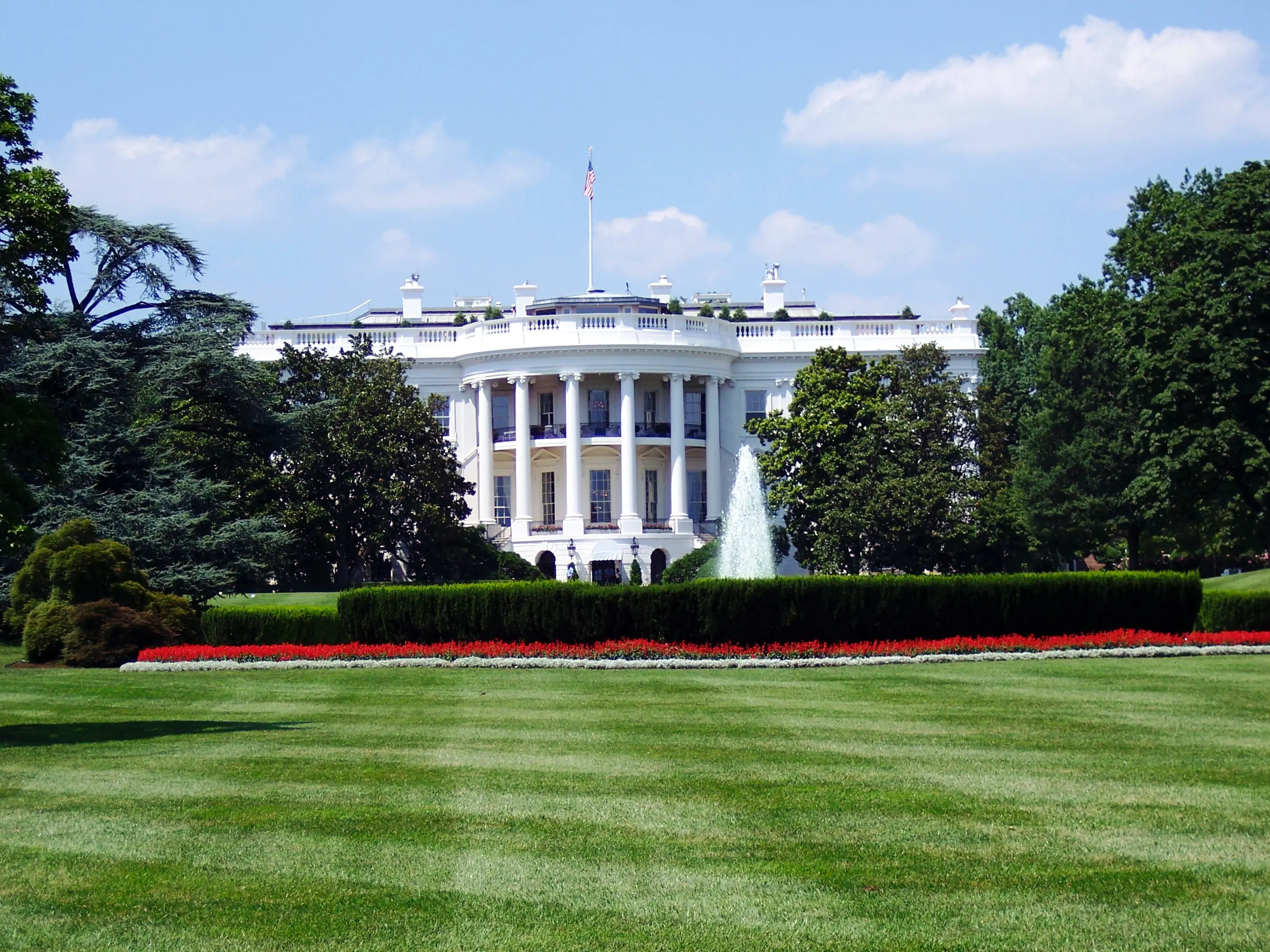Sample by My Essay Writer
Federalism refers to a two-tier form of government, which has two administrative divisions. This administrative practice allows the existence of a national government and sub-national units. Given the presence of several States in the American Union, Federalism becomes a practice within the region. Other countries that practice Federalism include Argentina, Canada, and India. Alternatively, civil liberties are human rights and freedoms that are empowered by the constitution. [“Write my essay for me?” Get help here.]

Federalism is subject to several significant concepts. To begin with, it has two major political effects. Firstly, Federalism was brought into effect by the Article of Confederation in 1770 (Lenz and Holman 31). The United States of America enforced this article through an agreement. It addresses the powers of the State bodies in the Union federalism results in a large number of administrative bodies. The Article of Confederation is enforced by the constitution. The constitution of America clearly indicates that the union is irrevocable. Upon joining the Union, no Member State has been allowed the freedom to leave. [Need an essay writing service? Find help here.]
In the United States., 50 government States indicate the effects of federalism. Each of these States participates in the legislative processes that affect the entire country. This is done through the extension of federal representatives commonly known as the Congresspersons. It further complicates the administration of these countries. It complicates the policy-making initiatives. Public debates are often aligned towards the determination of the appropriate power levels extended to the different States. Lastly, federalism is dynamic. Depending on the administrative bodies, it may lean towards the State or the Federal government (Lenz and Holman 131). Different political parties in the US reinforce different degrees of federal participation in State affairs. While present day Democrats advocate for increased participation by the Federal Government into State affairs, the Republicans view this as an intrusion. In turn, they reinforce increased administrative freedoms of the State to determine their legislatures.
The first amendment in civil liberties addresses the need for freedom of speech, freedom of assembly, freedom of religion and the freedom of the press. It essentially reinforces the freedom of expression to which every American should enjoy. Civil liberties in America are further aligned towards content neutrality (Lenz and Holman 421). Content neutrality in civil liberties ensures that the government remains impartial towards religious and political beliefs of the citizens. The government is not affiliated to any political or religious principles. The federal government has the duty to address all concerns in the country without aligning their efforts to the principles extended by a religious or political faction. It is an independent administrative body, which protects the interests of the diverse individuals in the US. Alternatively, civil rights permeate the need to suffice human right protection initiatives. Civil rights ensure that every individual is extended human liberties irrespective of their heritages and beliefs. Civil liberties also address employment discrimination. Civil rights explore the employment policies on hiring, firing and personnel development in an organizational setting (Lenz and Holman 430). Under this framework, civil rights ensure that employment opportunity is extended to every qualified individual irrespective of their skin color or origins. [Click Essay Writer to order your essay]
In conclusion, federalism, and civil liberties comprise two of the most significant components in the administrative processes. The United States of America practices a federalist form of governance. This constitutes the State and National administrative bodies. Civil liberties promote human rights. They pre-empt administrative decisions that are aligned towards religious or political principles.

Work Cited
Lenz, Timothy O. and Mirya Holman. American Government. Florida: University Press of Florida, 2013.







